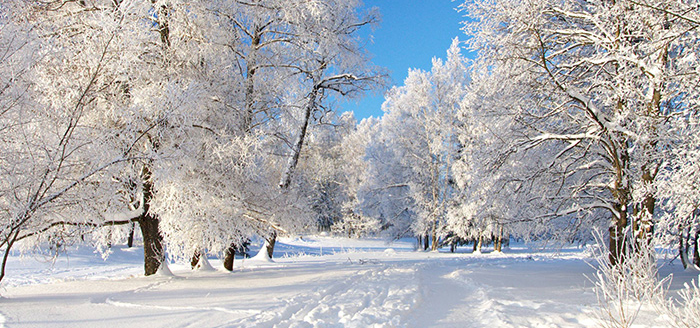So you've pulled your sweaters out of mothballs and found your mittens at the bottom of the coat closet. But what about your house -- is it prepared for the cold months ahead?
1. Clean those Gutters - Remove all the old leaves and other debris from your home's gutters so that winter's rain and melting snow can drain. Clogged drains can form ice dams, in which water backs up, freezes and causes water to seep into the house.
2. Block those leaks - An easy way to winterize your home is to block obvious leaks around your house, both inside and out. The average American home has leaks that amount to a nine-square-foot hole in the wall, according to EarthWorks Group.
Inside - On a breezy day, walk around inside holding a lit incense stick to the most common drafty areas: recessed lighting, window and door frames, electrical outlets. Then, "apply tacky rope caulk to those drafty spots or just buy a simple draft stopper", saysNoah.
Outside - seal leaks with weather-resistant caulk. For brick areas, use masonry sealer, which will better stand up to freezing and thawing. "Even if it's a small crack, it's still worth sealing up," Blumberg says. "It also discourages any insects from entering your home come springtime."
3. Proper insulation can save your heating and cooling bills all year long. Most homes in the U.S. don't have enough insulation and have significant air leaks. In fact, if you added up all the leaks, holes and gaps in a typical home, it would be the equivalent of having a window open every day of the year, according to EnergyStar.
EnergyStar offers an invaluable tool called the Home Energy Yardstick where you can assess the energy efficiency of your home -- we recommend this tool to our clients regularly.
4. Have furnaces cleaned and tuned annually. Costs will often run about $100-$125. “A technician should check the equipment and make sure it is functioning properly, including the thermostat", Noah says. During winter you should change the furnace filters regularly (check them monthly). A dirty filter impedes air flow, reduces efficiency and could even cause a fire in an extreme case.
5. Ducts aren't always easy to see, but you can often find them exposed in the attic, the basement and crawlspaces. Repair places where pipes are pinched, which impedes flow of heated air to the house, and fix gaps with mastic sealer. "It seals better and lasts longer than metal tape", adds Blumberg.
According to the U.S. Department of Energy, a home with central heating can lose up to 60% of its heated air before that air reaches the vents if ductwork is not well-connected and insulated, or if it must travel through unheated spaces. That's a huge amount of wasted money, not to mention a chilly house.
***
Just a few tips from The Ark Team to help keep you and your family comfortable and safe.
Happy and Safe Holidays to you and yours!


